Bleach: Everything You Need to Know
Bleach happens to be a common, yet powerful cleaning agent that you’d find underneath most kitchen sinks across America today. However, just a few decades ago, this was not the case. Bleach: everything you need to know! Please refer to the CDC for accurate information on COVID-19.
It was invented back in 1785, by the French scientist Claude Berthollet, who realized that it could be used to bleach fabric. Though it’s been around for well over 200 years, it didn’t become commercially popular and widely used in Europe until the 1930s.
In fact, it didn’t make a big splash in America until the 1980s. Over the past several decades, people have learned to use bleach around the house for a number of reasons, not just for bleaching fabric.
We’ll share with you more information about bleach and a number of other ways you can use it around your home.
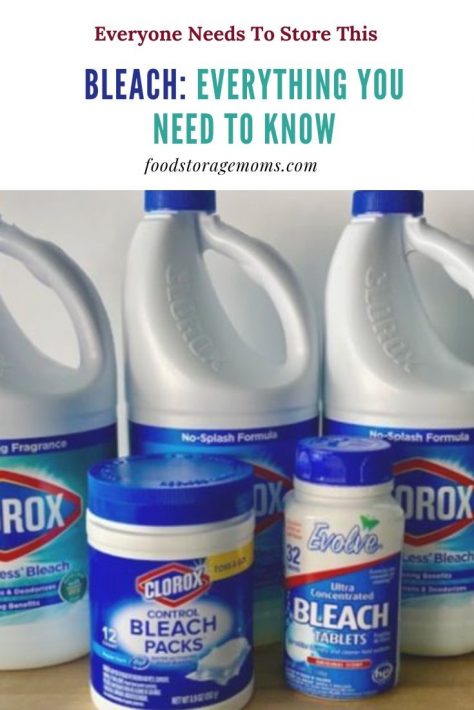
Types of Bleach: Everything You Need to Know
Bleach: everything you need to know. There are two different types of bleach that you should be aware of. Chlorine bleach contains sodium hypochlorite, which works great on brightening and whitening fabric.
Oxygen bleach consists of hydrogen peroxide and is safe to use on most colors while doing laundry. It also happens to be safer for you to use than chlorine bleach and works better in a powdered formula.
What are their Uses?
Oxidizing Agent
Many people have discovered that bleach works wonders on white clothing by making them look brand new again. With a little help from bleach, older t-shirts, underwear, and dingy old socks will brighten right up after one wash.
When you use an oxidizing bleach on clothing, what it’s doing is breaking down the chemical bonds of a chromophore. It actually changes the color of the molecules by making them colorless, or significantly altering the color.
So not only does bleach brighten up clothing, but it can also be used to get tough stains out of clothing. Even the toughest stains, such as ketchup or bloodstain, often can be blotted out while using bleach.
Disinfects Surfaces
Bleach can also be used to disinfect surfaces by killing bacteria, mold, and even viruses. That’s why hospitals, along with hotels and other public use places, use it to disinfect bed linens and surfaces, while restaurants use chlorine bleach to clean off surfaces used for food preparation.
Chlorine bleach is also added to swimming pools to help keep the water clean and sanitized. Some people even use bleach to whiten tile grout and clean bathroom and kitchen appliances.
It not only works on fabric stains, but typical stains found all around the house.
One Will Disinfect
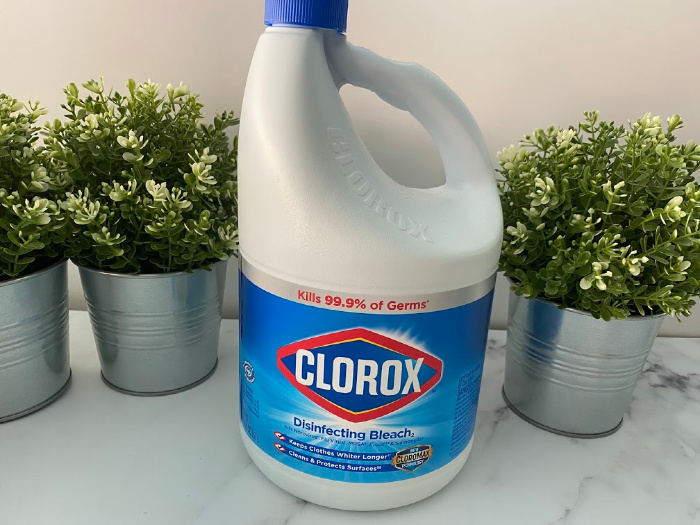
The Splash-less does not Disinfect
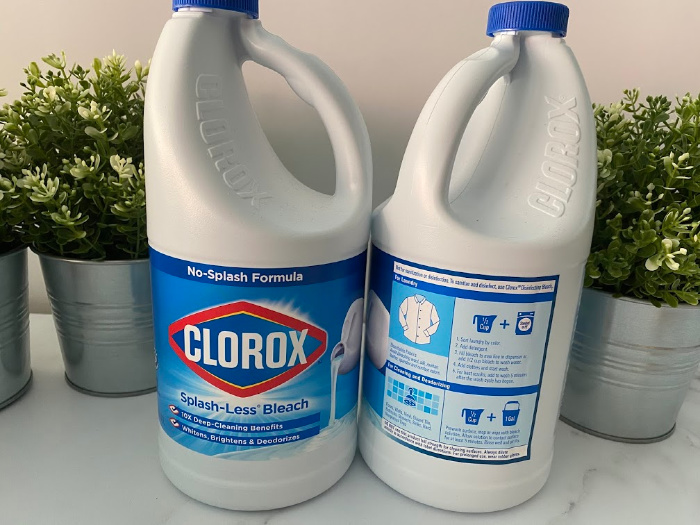
Disinfecting Drinking Water
Did you know that adding bleach to water that has been compromised can make it drinkable again? That’s why unscented bleach is ranked so high on a prepper’s list of basic supplies. For every gallon of water you are purifying, add 1/8 teaspoon of bleach. Recommended by the CDC
Allow it to sit for 30 minutes, and you should notice a slight chlorine odor. chlorine bleach is a water solution of sodium hypochlorite. Laundry bleach we use to whiten and brighten our laundry or disinfect laundry, is typically either 5.25 percent (regular strength) to 8.25 percent sodium hypochlorite (ultra-strength).
Used to Relieve Eczema
People that suffer from eczema may find relief in using a small amount of bleach (1/4 to 1/2 cup) added to their bathwater.
It might not completely cure patients, but it does lessen the symptoms, which may include redness, itching, or scaling.
You may wonder why the kids with Eczema feel better in the summer, it may be the chlorine in the swimming pool.
Freshen Up Garbage Cans
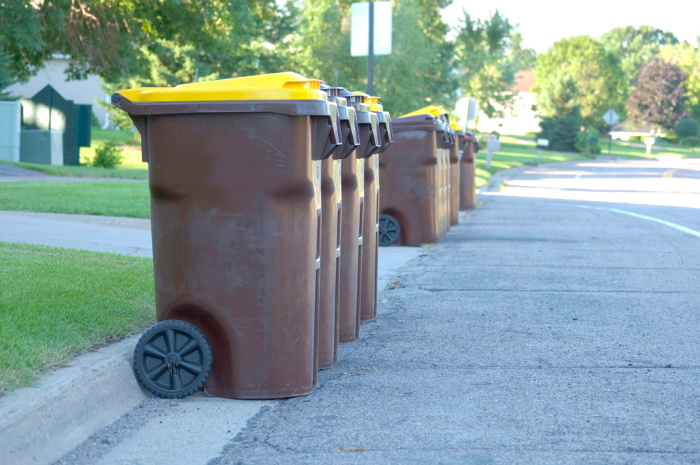
Does the stench from your garbage can ever become fouler than you can handle? Now we can wash the inside and outside of garbage cans, this stuff works.
After washing with soap and warm water, try using a 1/2 cup of bleach, mixed with 3/4 of a gallon of water and swish the solution around. After about 2 minutes, you can go ahead and rinse it out.
Cleaning and Sterilizing in the Kitchen
You can even use bleach to sanitize your dishes, utensils, and even your baby bottles. Wash them with soap and warm water after using the bleach and before you use them.
Using Bleach While Doing Laundry
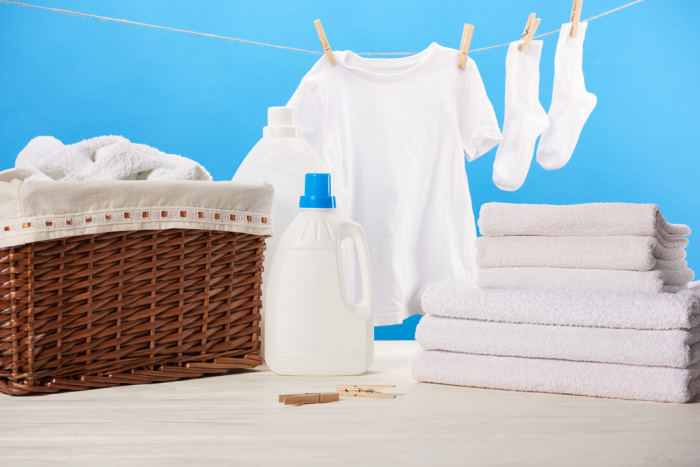
Clorox® Regular Bleach2 is thought to be the strongest and best bleach for dealing with stains and whitening. Not only is it a disinfecting bleach, but it also works on a number of other cleaning situations around the house.
Bleach is extremely concentrated, so every time you go to use it you need to dilute it with water. When you’re using it for washing clothing, we recommend you add half a cup of bleach with the laundry detergent into the washing cycle after waiting 5 minutes from the start of the cleaning cycle.
Many washing machines don’t contain a bleach compartment, so it’s best to wait till after this step to add your clothing to the washing machine.
To help get rid of tough stains, dissolve 1/4 to 3/4 of a cup of bleach per 4 liters of water. Make sure you don’t put it directly onto the clothing but dilute it first. Then you’ll want to soak it for an hour, or overnight, and then wash.
Properly Using Bleach
It’s very important that you never mix bleach with other cleaning products around the house. Mixing it with vinegar or ammonia can create a hazardous and poisonous gas.
It’s also important that you read labels on cleaning products before you use them. Even though it may not say bleach on the bottle, if sodium hypochlorite is present, mixing products can be dangerous.
When you’re using it to clean, make sure that you have good ventilation by leaving windows so that you don’t inhale the fumes. Failing to do so can cause sore throat, coughing, and make it difficult to breathe.
Health Concerns
Bleach that is extremely potent and concentrated can be an aggressive irritant if it comes into direct contact with your skin, so you need to be careful when using it.
Direct exposure will cause itching, drying skin, or even leave harmful burns. That’s why you should wear protective gloves while using bleach.
Ingesting bleach can also be extremely dangerous. It can cause damage to your esophagus and stomach, which can lead to death. You might be surprised how one can accidentally swallow bleach, but it happens more than you might suspect.
If you believe someone in your family has ingested any amount of bleach, it should never be taken lightly, and you should call poison control for assistance.
It’s also important for you not to force yourself to vomit if you have accidentally consumed bleach.
This can cause even more harm to your lungs and make your situation worse. If after one hour, a person is experiencing chest pain, vomiting or difficulty swallowing, then you need to get yourself to the ER. It is critically important to keep all cleaning products away from children, and particularly bleach.
Shelf Life of Bleach
Please only store what you can use within 9-12 months. Clorox Bleach recommends replacing any bottle over 12 months of age. Six months is the best time-frame for storage.
Other Posts Like This:
- Witch Hazel: Everything you need to know
- Green Tea: Everything you need to know
- GMO Foods: Everything you need to know
- Bleach 101
Final Word
Are there other uses for bleach that you’ve come across in your home? What surprised you the most on its many uses? Bleach: everything you need to know. Please stock up, we must be prepared. May God bless this world, Linda
Copyright Images: Laundry Basket Depositphotos_223023852_s-2019, Garbage Cans Depositphotos_9452441_s-2019

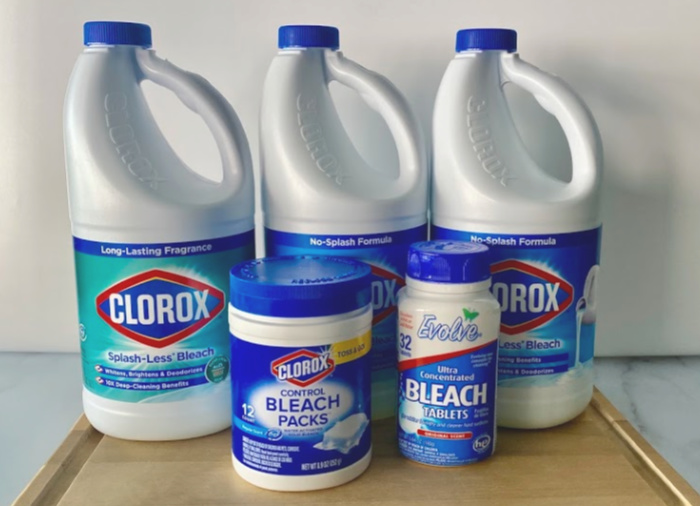

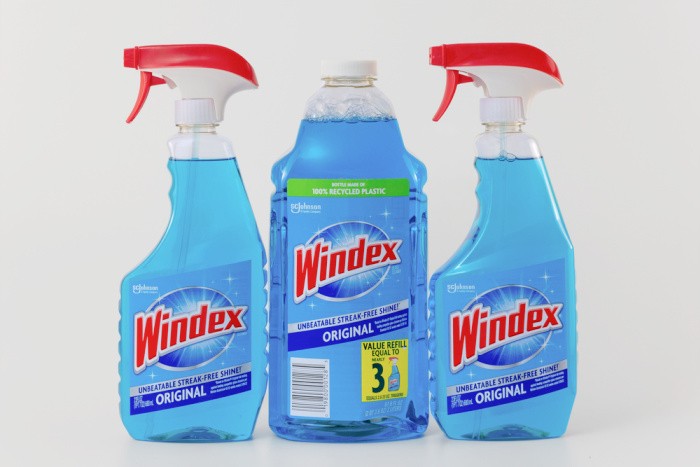
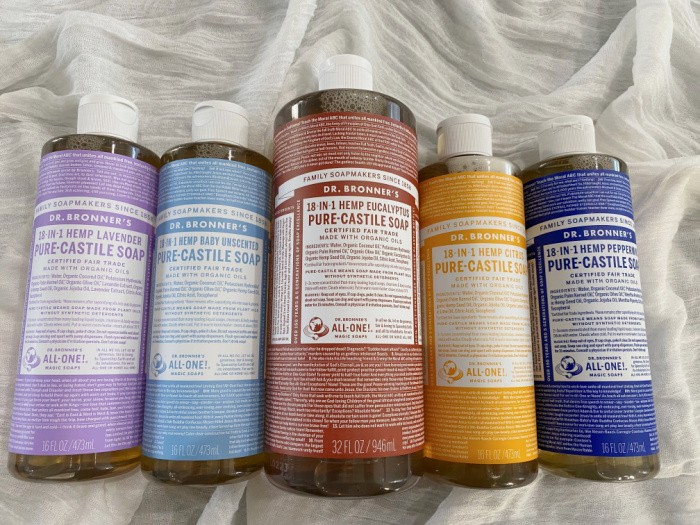
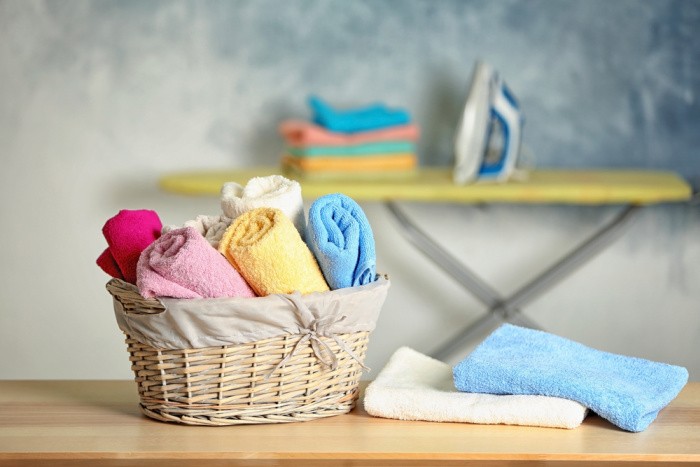
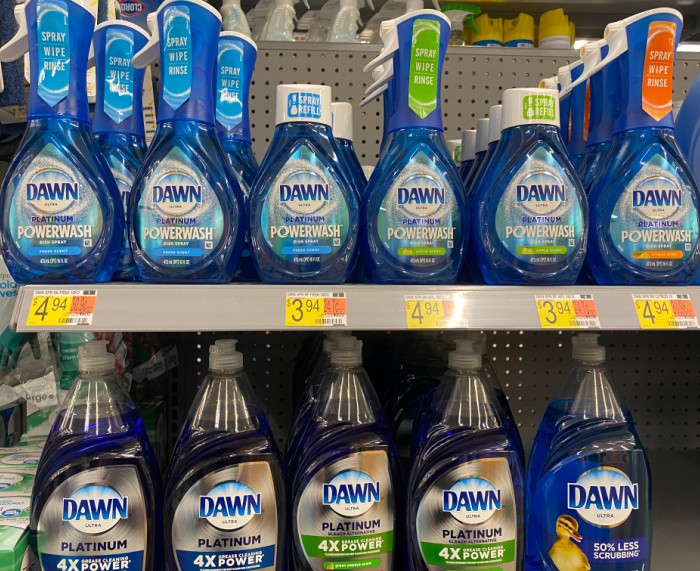
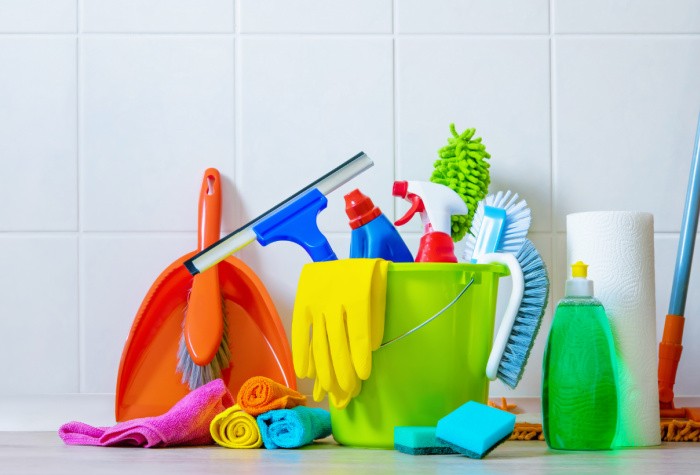
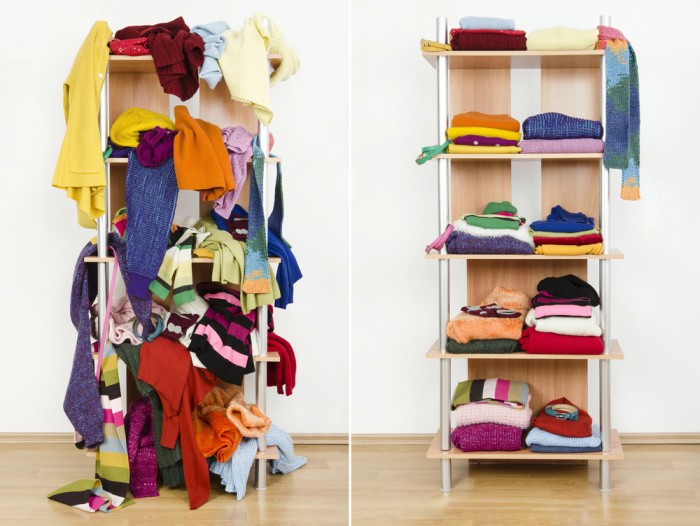
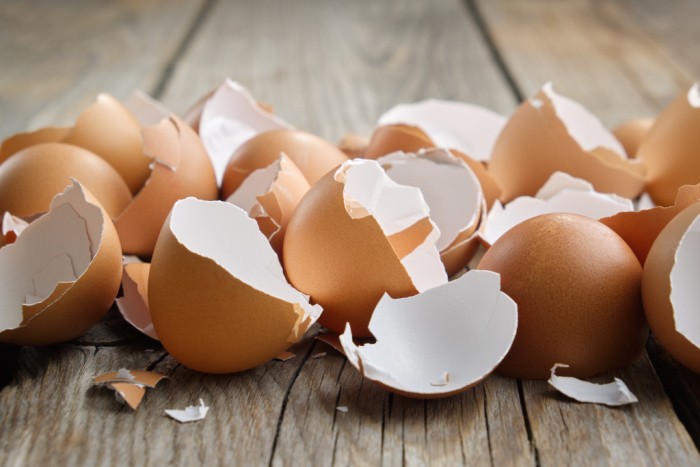
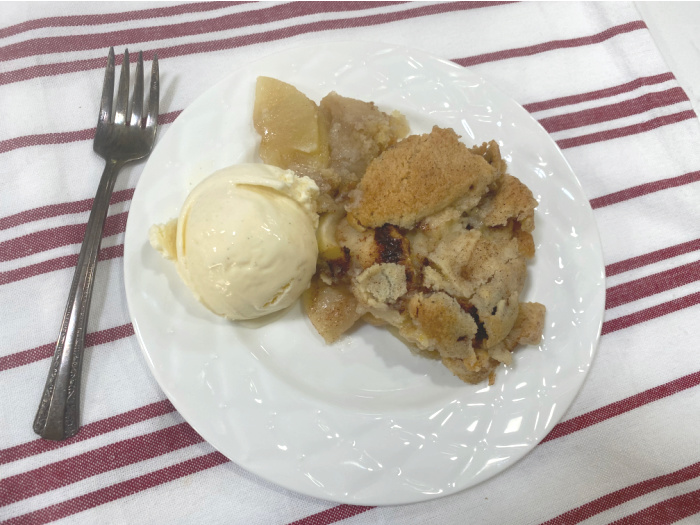
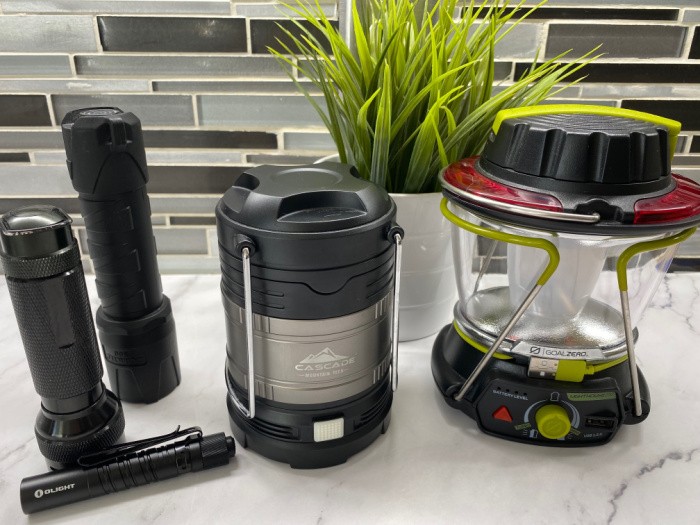
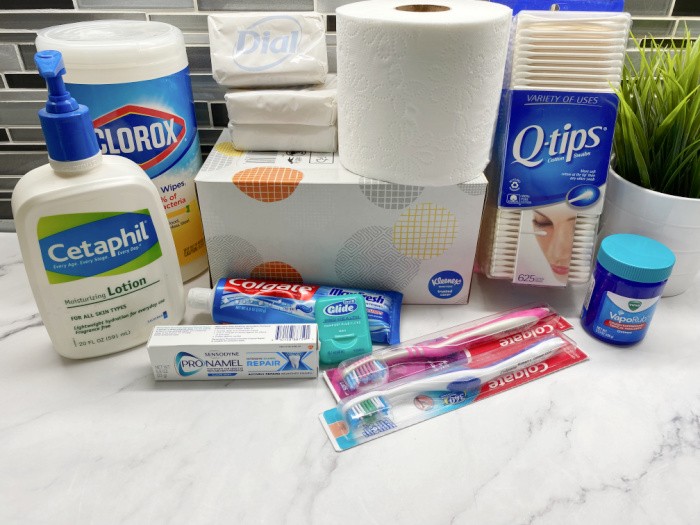
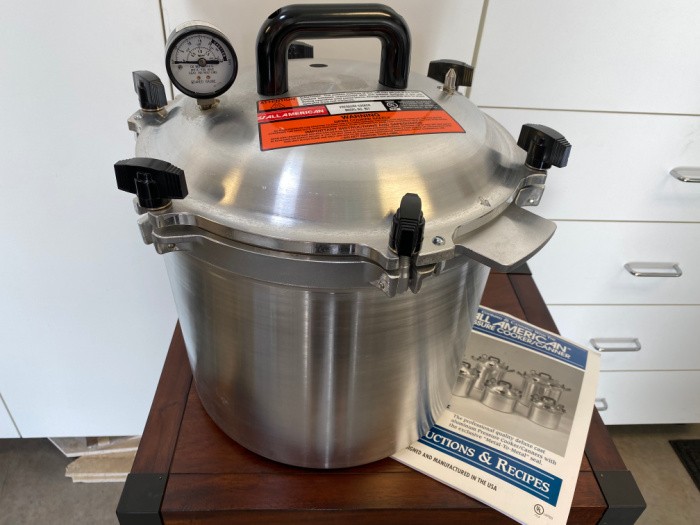
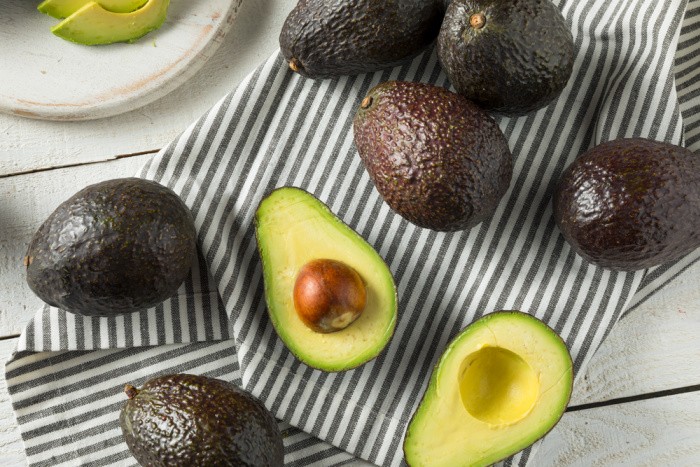
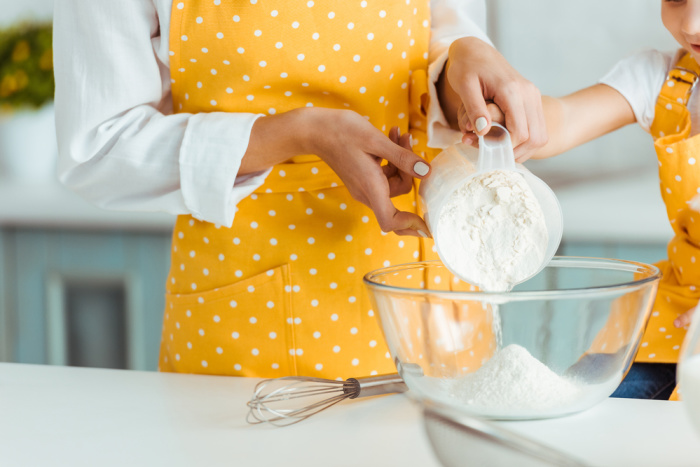

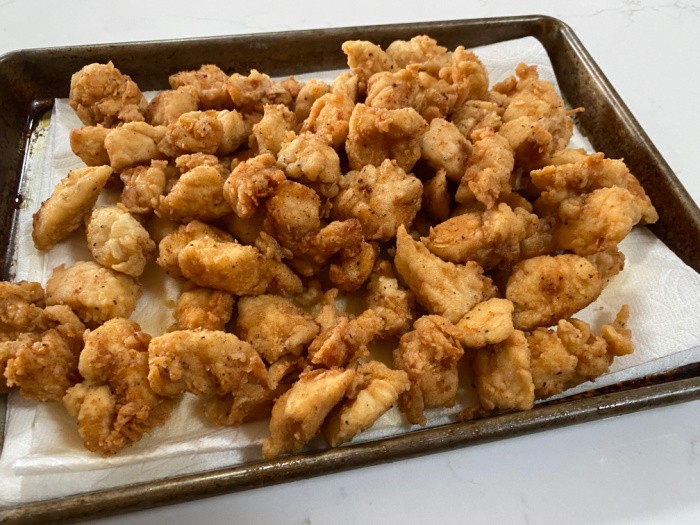
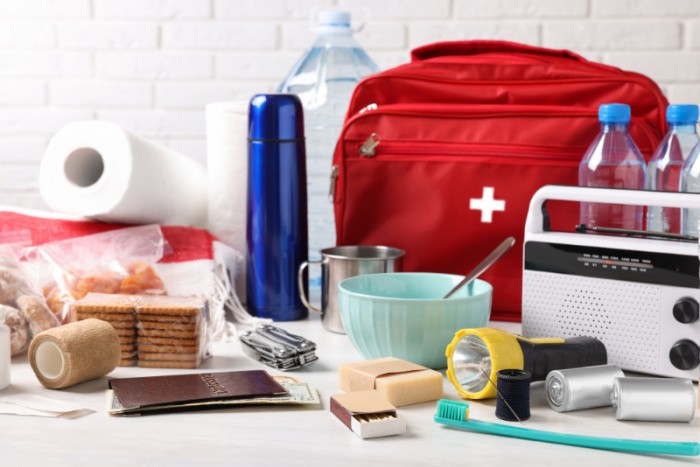
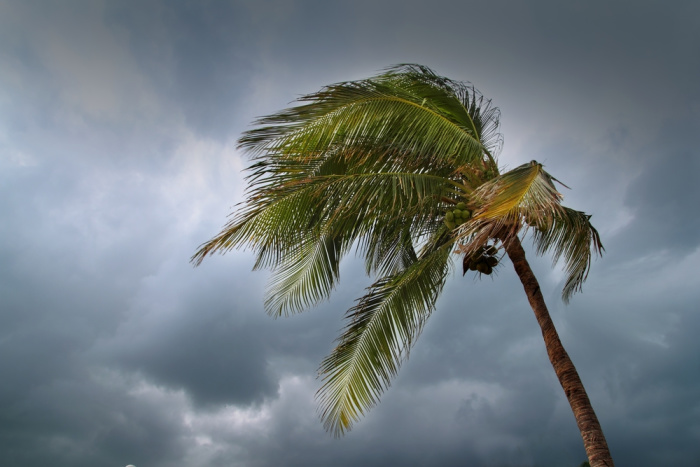
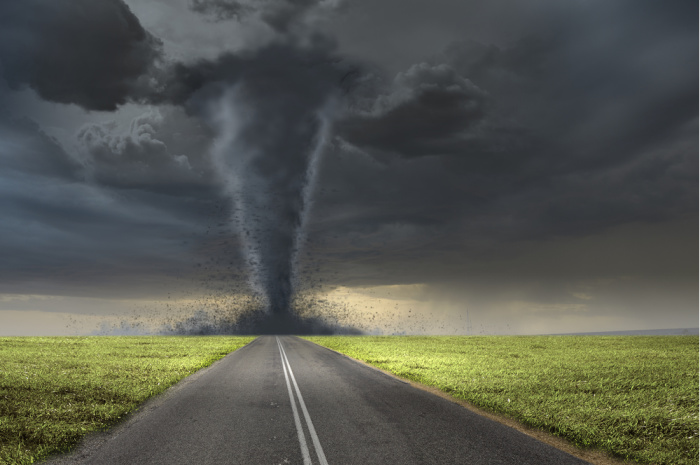


Linda,
Great post! I sometimes use bleach to sanitize dishes in the dishwasher. Most dishwashers have a rinse cycle before the actual wash cycle to rinse away tiny food particles before the dishes are washed. Adding 1/4 cup of bleach to this rinse cycle will help to sanitize them if anyone in the household is ill. The slight remaining bleach odor is eliminated then in the wash cycle and the final rinse cycle.
Good Morning Linda, For water treatment, you said to make sure the bleach has 5.25% and 8.25% chlorine. What is the 5.25%? Thanks.
Pam,
The 5.25% is the sodium hypochlorite content.
Hi Pam, I have very little wifi, where I am this week. It’s a water solution of sodium hypochlorite. Linda
Linda, bleach was used by my mom as a cleaner all my life and i imagine long before I was born, (lol, 1960). Mom had 4 primary cleaners: bleach, ammonia, vinegar, with dish soap. Mostly because these were cheaper than buying ready-made cleaning products. And this is still true today! A person just needs to realize none of the first 3 can be mixed. Since we are talking about bleach, I will share something I did. I have popcorn painted ceilings which I Never would have done if I’d thought about how they simply grab dust and any oils/whatever. After only a few years after my build, my ceilings were yucky. I was doing a lot of canning and dehydrating, which wierdly enough does send stuff into the air, especially up high. My kitchen ceiling looked dingy. Augh, I didn’t want to hire a painter and really didn’t want to do this myself…popcorn ceilings require a really good sprayer. About this time I sold an ad to a cleaning company who cleaned popcorn ceilings. I wanted to hire them but they wouldn’t do the 3 hour drive, lol. They did share how I could do this myself, tho it would require patience and work since I didn’t have their equipment. They said I just needed to Spray my ceilings with their concoction, and I could do this with even just a spray bottle, a stepladder, and plastic drop cloths. Here’s their recipe: 2 cups bleach, 1/4 cup Dawn and water to fill up a gallon jug. Put this into sprayer bottle. Cover furniture and floor with drop cloths. Get up onto ladder and spray the ceiling well, enough to see droplets onto plastic sheeting. Yes, a person needs to wear a facemask (just a sheetrockers mask is fine) and if possible, open a door or window. Literally, I saw grease in the droplets! It took about 4 hours to clean my kitchen ceiling (16×20). 2 hours max of putting down and removing the plastic sheets. Yes, we could smell the bleach but only until it dried, about another 2 hours. I got a beautifully white ceiling for a day of my work and I think about $10 in cost (bleach,soap, drop cloths, 1 facemask). Now, I remember how long any ceiling paint process is: it’s days! This size of room means painters tape things off,cover stuff, Kilz it one day, let dry, then yet another day of paint, come back to pull off tape and remove tarps. Meanwhile, the family has all that smell. Yea, cleaning made better sense to me than painting. Glad I had an avenue to share this. Lol, I also have a clients tip on how to get ‘red’stains from carpet using ammonia. Would be happy to share. Have a great day!
Hi Linda,
Off topic – I purchased some “TEEO” cake pans and I did not find instructions regarding greasing or oiling the pans. If you know, I would appreciate learning!!
Thank you for this article about bleach and I really appreciate the comments.
Thank you,
Kathie
Hi Kathie, I have never heard of those pans. I would contact the company website to find out. Linda
Bleach is one of the few prepping items that needs to be rotated out on a rigid schedule. As soon as the bleach is bottled it starts to degrade (slowly) and after 6 months it will no longer be at the listed strength and can’t be trusted for water disinfection.
Pool shock (dry calcium hypochlorite) is the long term solution for making bleach as you need it, but it’s even more dangerous than a bottle of bleach as it’s concentrated. I keep 6 pounds of pool shock (pure with no algicides or other active ingredients) in case of long term SHTF, but I also have all the safety gear stored with it as well as directions and measuring spoons and cups (all plastic.) When I need to use some bleach after an event, I can take a small amount of pool shock and mix it with clean water to make my own bleach and then use that like normal commercial bleach. Just be sure you know what you’re doing before you store or try to use pool shock in this manner.
Read up online and then re-read the directions periodically so you’re familiar with safely handling it. Goggles, chemical resistant gloves and apron are the minimum protective gear you’ll need. And storage is just as important, since even though it’s shelf stable, it does off-gas a bit and is highly corrosive to metals. So glass or better yet, plastic containers are best (plastic is harder to break than glass.) Not trying to scare people off of this, just want to make sure you know the hazards of mishandling first before going this route. But it’s the best long term disinfectant available.
Hi DMWalsh, thanks for the great reminder about mixing our own bleach. I love your comment!!! Linda
WHEN IN WOODS & GET RED BUGS (THEY LOVE ME ) MIX SOME BLEACH IN CONTAINER OR TUB & DOUSE DN W/ IT ! KILLS THEM ,NO ITCHING ,NO NAIL POLISH ,WHICH DOES NOT WORK ,TRIED & TRUE !
AMOUNT -JUS SO YOU CAN SMELL LITTLE
Hi Daphne, thanks for the tip on the red bugs. Linda